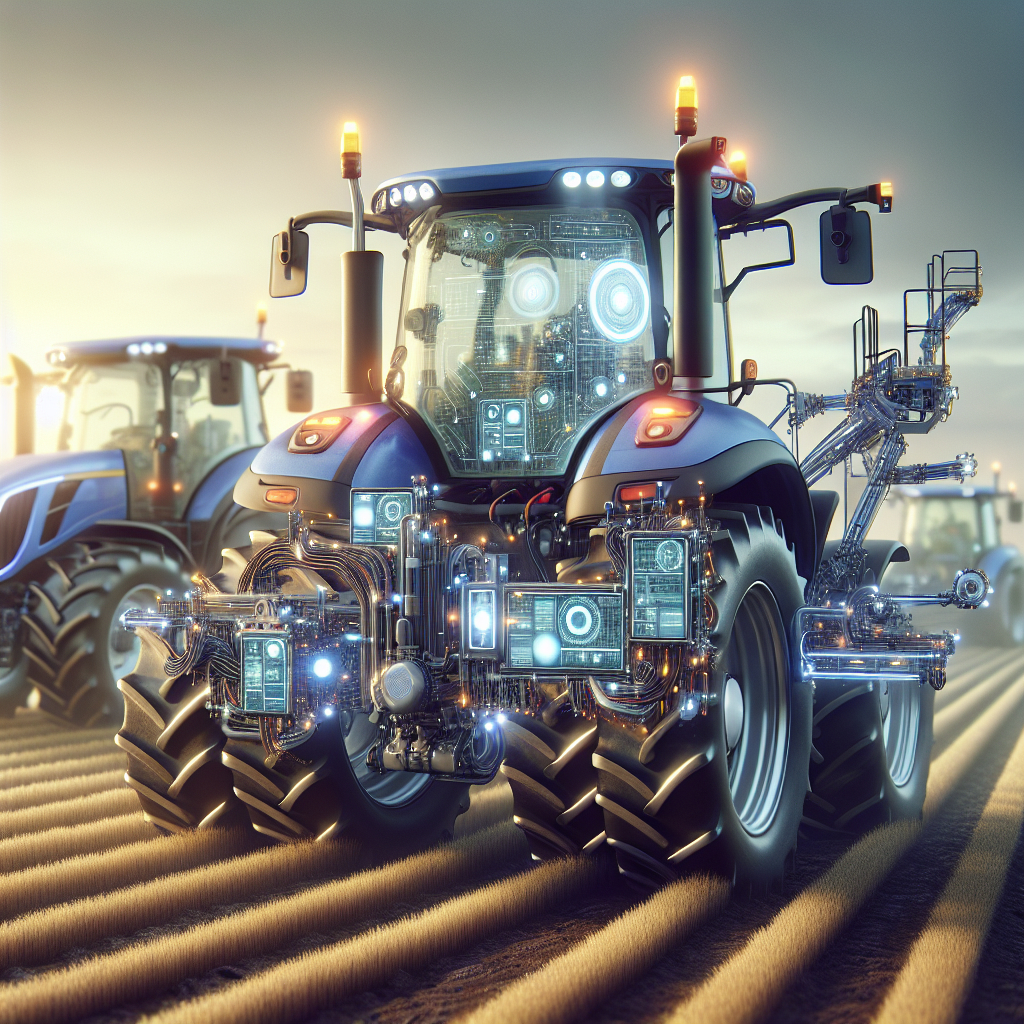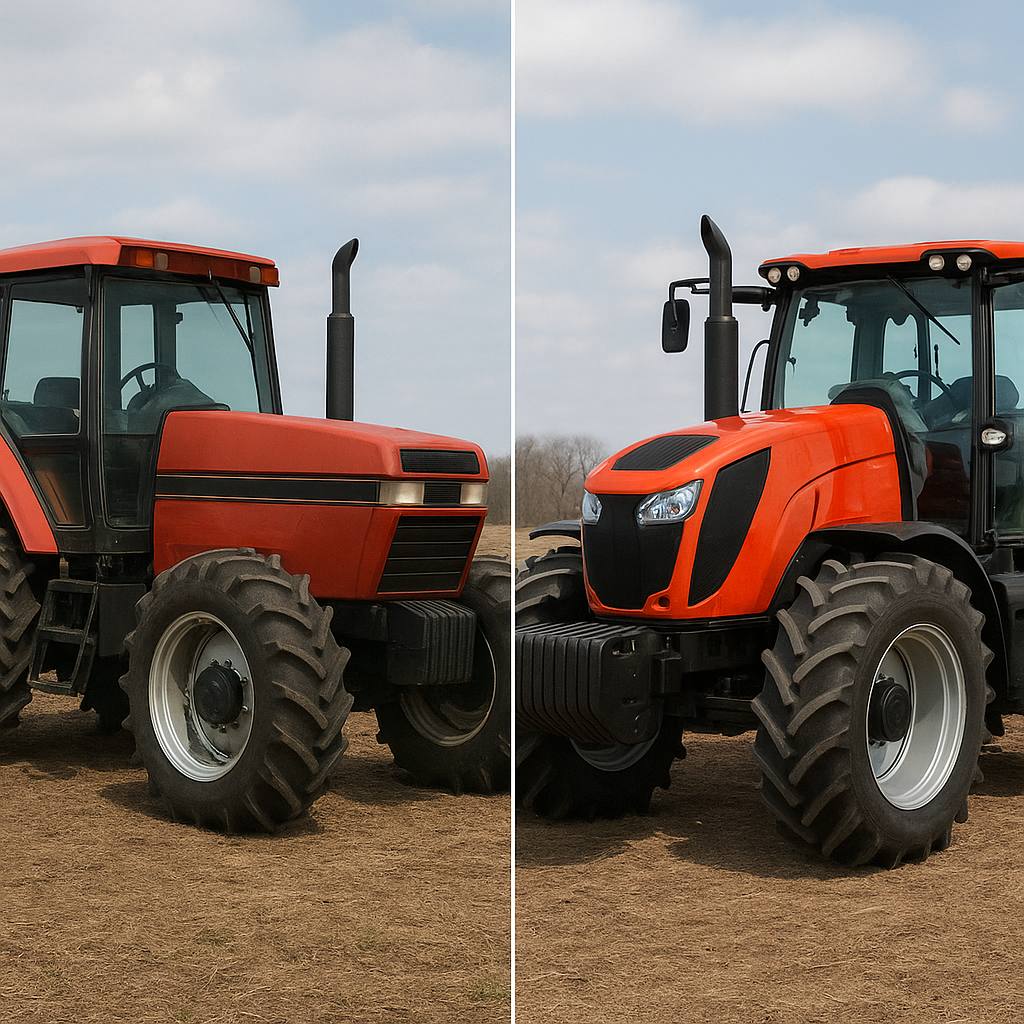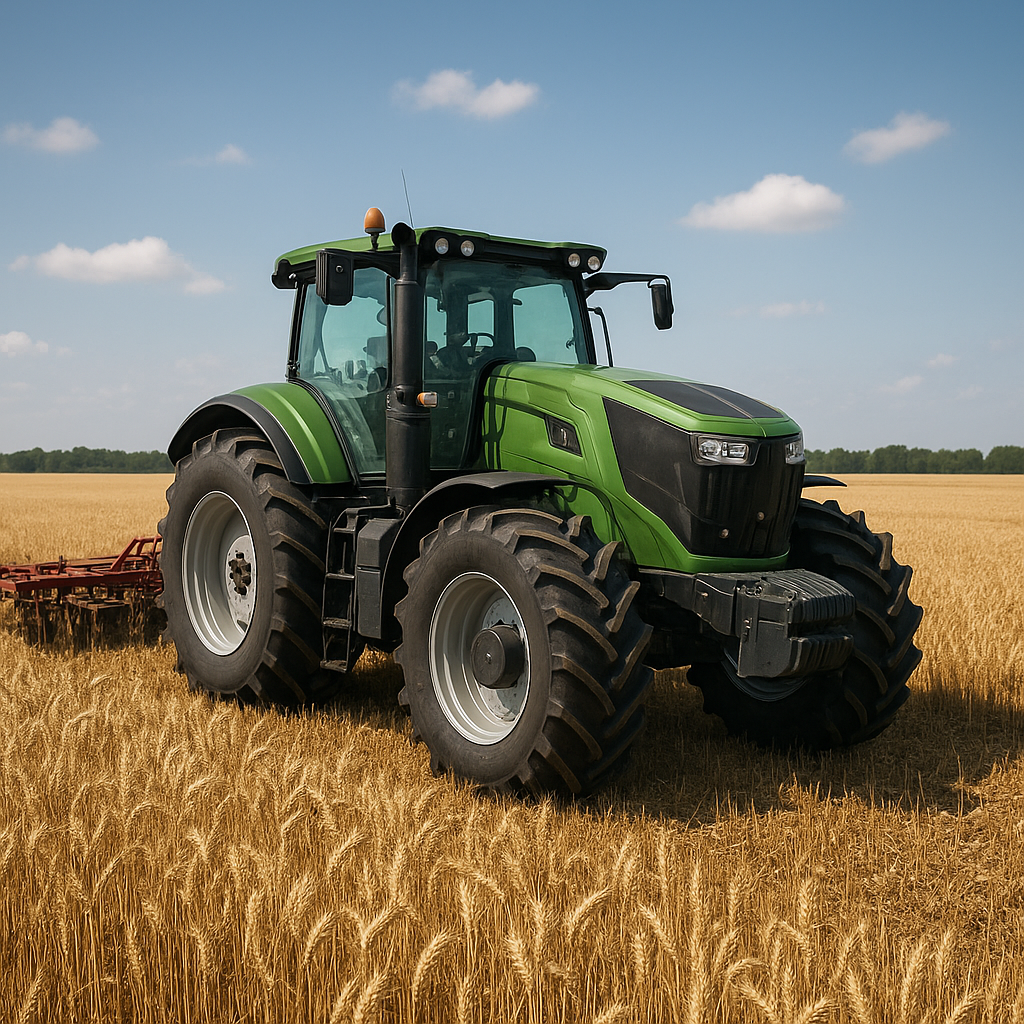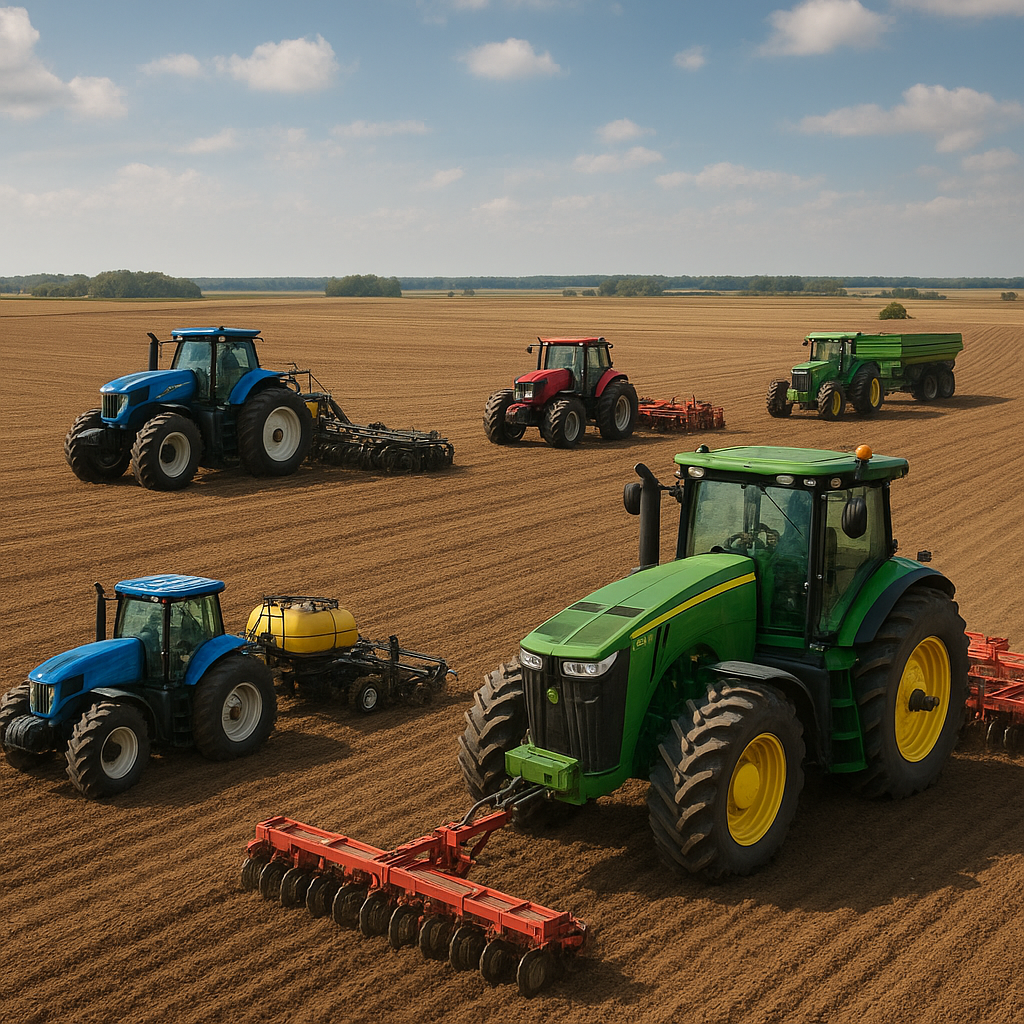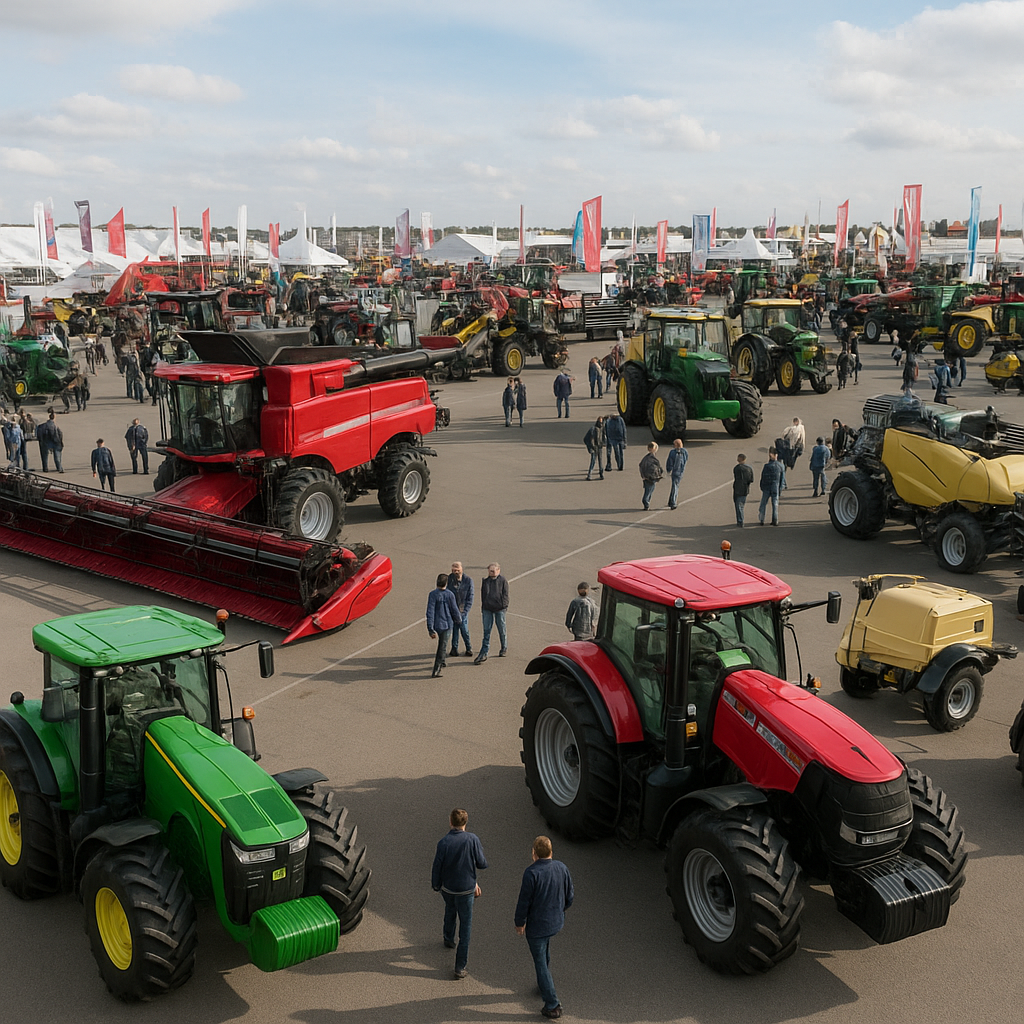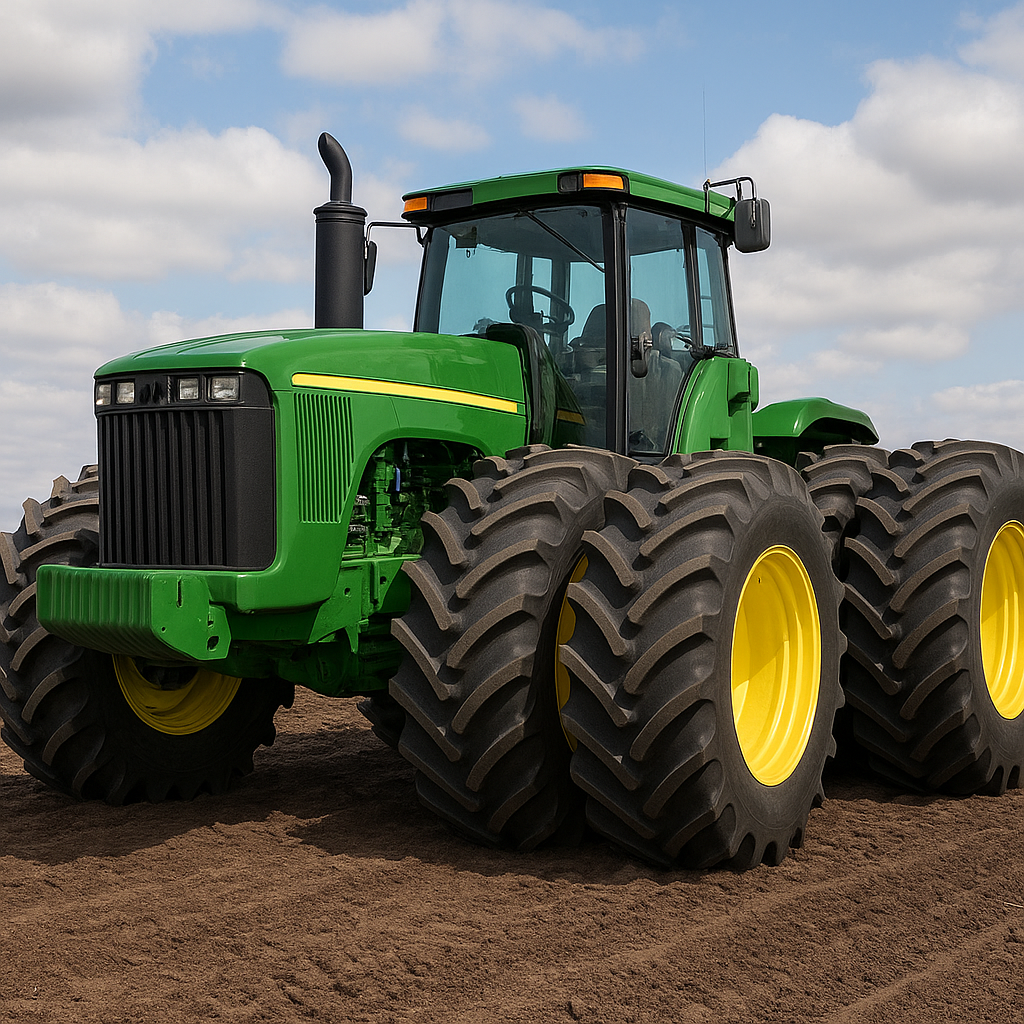Smart tractors are revolutionizing the agricultural industry by integrating artificial intelligence (AI) and machine learning (ML) to enhance efficiency, productivity, and sustainability. These advanced machines are not just about size and power; they are about intelligence and precision. In this article, we will explore the technological advancements in smart tractors and their impact on modern farming practices.
The Evolution of Tractors: From Mechanical to Smart
The history of tractors dates back to the early 20th century when they were first introduced as mechanical beasts designed to replace animal labor. These early tractors were powered by steam engines and later by internal combustion engines, which significantly increased the efficiency of farming operations. However, the real transformation began with the advent of digital technology and the integration of AI and ML.
Early Innovations
In the mid-20th century, tractors began to incorporate basic electronic systems for monitoring and control. These systems allowed for more precise operation and reduced the physical strain on operators. However, it wasn’t until the late 20th and early 21st centuries that significant advancements in computing power and data analytics paved the way for truly smart tractors.
The Role of AI and ML
AI and ML have brought a new level of intelligence to tractors. These technologies enable tractors to analyze vast amounts of data in real-time, make informed decisions, and execute tasks with unprecedented precision. For example, AI algorithms can process data from various sensors to optimize planting, irrigation, and harvesting processes. ML models can predict crop yields, identify pest infestations, and recommend the best times for planting and harvesting.
Key Features of Smart Tractors
Smart tractors are equipped with a range of advanced features that set them apart from traditional tractors. These features include:
- Autonomous Operation: Smart tractors can operate autonomously, reducing the need for human intervention. They use GPS and other navigation systems to follow precise paths and avoid obstacles.
- Precision Agriculture: AI and ML enable smart tractors to perform precision agriculture tasks, such as variable rate seeding, fertilization, and spraying. This ensures that resources are used efficiently and reduces waste.
- Real-Time Data Analysis: Smart tractors collect and analyze data from various sensors, including soil moisture, temperature, and crop health. This data is used to make real-time adjustments to farming practices.
- Remote Monitoring and Control: Farmers can monitor and control smart tractors remotely using mobile devices or computers. This allows for greater flexibility and reduces the need for on-site supervision.
- Predictive Maintenance: AI algorithms can predict when a tractor is likely to require maintenance, reducing downtime and extending the lifespan of the equipment.
Impact on Farming Practices
The integration of AI and ML in smart tractors has had a profound impact on farming practices. These technologies have enabled farmers to achieve higher yields, reduce costs, and minimize environmental impact.
Increased Efficiency
Smart tractors can perform tasks more quickly and accurately than traditional tractors. This increased efficiency allows farmers to cover more ground in less time, leading to higher productivity. For example, autonomous tractors can work around the clock, maximizing the use of available daylight and reducing labor costs.
Resource Optimization
Precision agriculture techniques enabled by AI and ML ensure that resources such as water, fertilizer, and pesticides are used optimally. This not only reduces costs but also minimizes the environmental impact of farming. For instance, variable rate technology allows for the precise application of inputs based on the specific needs of different areas within a field.
Improved Crop Management
Smart tractors provide farmers with detailed insights into crop health and growth patterns. This information allows for more informed decision-making and timely interventions. For example, AI-powered image recognition systems can identify early signs of pest infestations or nutrient deficiencies, enabling farmers to take corrective action before significant damage occurs.
Challenges and Future Prospects
While the benefits of smart tractors are clear, there are also challenges that need to be addressed. These include the high cost of advanced equipment, the need for reliable internet connectivity in rural areas, and concerns about data privacy and security.
Cost and Accessibility
The initial investment required for smart tractors and related technologies can be prohibitive for small and medium-sized farms. However, as technology advances and economies of scale are realized, the cost is expected to decrease, making smart tractors more accessible to a broader range of farmers.
Connectivity Issues
Reliable internet connectivity is essential for the effective operation of smart tractors, particularly for real-time data analysis and remote monitoring. In many rural areas, internet infrastructure is lacking, which can limit the adoption of these technologies. Efforts are being made to improve connectivity in rural areas, but this remains a significant challenge.
Data Privacy and Security
The use of AI and ML in smart tractors involves the collection and analysis of large amounts of data. This raises concerns about data privacy and security. Farmers need to be assured that their data is being handled responsibly and that appropriate measures are in place to protect it from unauthorized access.
Conclusion
Smart tractors represent a significant advancement in agricultural technology, offering numerous benefits in terms of efficiency, productivity, and sustainability. The integration of AI and ML has transformed these machines into intelligent tools that can perform a wide range of tasks with precision and autonomy. While there are challenges to be addressed, the future of smart tractors looks promising, with the potential to revolutionize farming practices and contribute to global food security.
